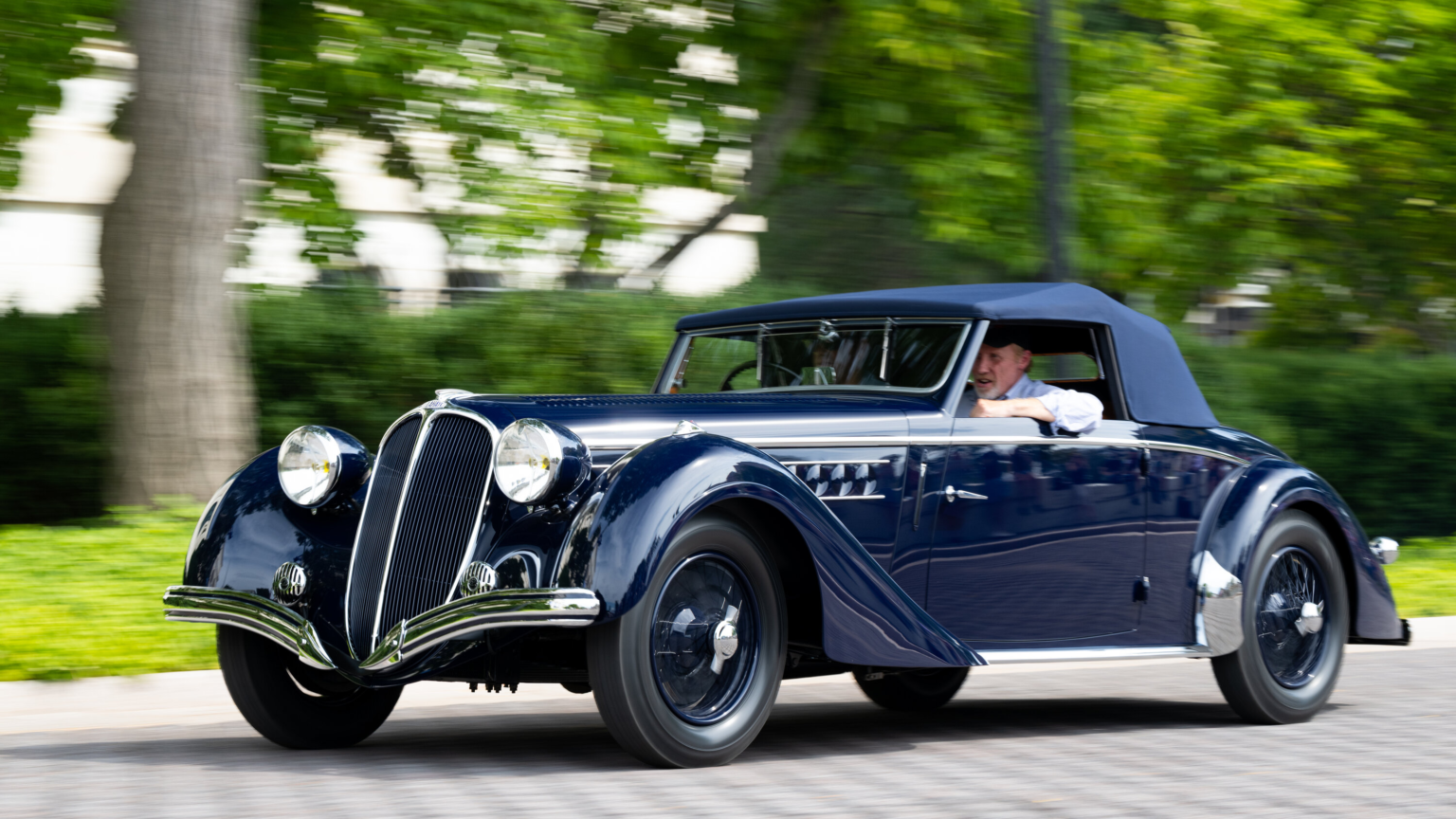By this definition, Nicolas Joseph Cugnot of France created the first automobile in 1769, which was acknowledged as such by both the Automobile Club de France and the British Royal Automobile Club. The very first self-propelled road vehicles were powered by steam engines. Then why do so many history texts claim that Gottlieb Daimler or Karl Benz invented the automobile? The development of the automobiles came into being because to the highly successful and useful gasoline-powered vehicles that Daimler and Benz both designed. Cars similar to the ones we drive today were designed by Daimler and Benz. It would be inaccurate to claim that either guy created “the” automobile.
A backlash against huge vehicles in the middle of the 19th century hampered development, but work on various internal combustion engines went on. Engineers started using gasoline as a fuel and developed two- and four-cycle combustion engines, which led to the evolution of the engine. When Carl Benz created a gasoline-powered vehicle and produced numerous identical replicas of it, it became the first practical modern automobile and the first vehicle to be produced in large quantities. The Ford Model T, developed by the Ford Motor Company in 1908, served as a milestone for later car production since it was the first vehicle to be mass-produced on a moving assembly line.
The 1895 patent from American inventor George Selden put an end to the unrestricted expansion of the automotive industry in the early 20th century. In 1903, a group of early producers Selden had authorized formed, and they gained control of the patent in 1907. From 1903 until 1911, Henry Ford, the head of a group of independent manufacturers that rejected the patent, engaged Selden and the association in court battles. The U.S. Circuit Court of Appeals eventually determined that the patent was valid but only applied to the two-cycle engine; most automobiles, including Ford’s, used a four-cycle engine. The subsequent mass production of vehicles and the construction of highways connecting cities to suburbs and regions to regions changed the landscape and civilization of the United States.
Engine Internal Combustion: The Automobile’s Heart
An internal combustion engine is an engine that propels a piston through a cylinder through the explosive combustion of gasoline. The piston’s motion turns a crankshaft, which in turn rotates the automobile wheels via a drive shaft or chain. Gasoline (or petrol), diesel, and kerosene are the various fuels frequently utilized in automobile combustion engines.
The following key points make up a succinct history of the internal combustion engine:
1. 1680
Dutch physicist Christian Huygens created a gunpowder-fueled internal combustion engine, although he never actually built it.
2. 1807
A hydrogen and oxygen fuel mixture was the basis for the internal combustion engine developed by Swiss inventor Francois Isaac de Rivaz. The first automobile powered by internal combustion was designed by Rivaz for his engine. But his was a seriously flawed concept.
3. 1824
Samuel Brown, an engineer from England, converted a vintage Newcomen steam engine to run on gas and temporarily propelled a car up Shooter’s Hill in London.
4. 1858
A double-acting internal combustion engine with an electric spark ignition and coal gas fuel was created and patented in 1860 by engineer Jean Joseph Étienne Lenoir, who was born in Belgium. In 1863, Lenoir equipped a three-wheeled wagon with an improved engine that could travel fifty miles using only gasoline and a crude carburetor.
5. 1862
A four-stroke engine was patented by French construction engineer Alphonse Beau de Rochas on January 16, 1862, but he never made one.
6. 1864
Austrian engineer, Siegfried Marcus, built a one-cylinder engine with a crude carburetor and attached his engine to a cart for a rocky 500-foot drive. Several years later, Marcus designed a vehicle that briefly ran at 10 mph, which a few historians have considered as the forerunner of the modern automobile by being the world’s first gasoline-powered vehicle (however, read conflicting notes below).
7. 1873
An unsuccessful two-stroke kerosene engine was designed by American engineer George Brayton (it used two external pumping cylinders). But it was regarded as the first oil engine that was both secure and useful.
8. 1866
Lenoir and de Rochas’ designs were modified by German engineers Eugen Langen and Nicolaus August Otto, who also created a more effective gas engine.
9. 1876
The “Otto cycle,” a successful four-stroke engine created by Nicolaus August Otto, was later patented.
10. 1883
The single-cylinder, four-stroke engine was created by French engineer Edouard Delamare-Debouteville and ran on stove gas. Delamare-designs Debouteville’s were quite sophisticated for the period – at least on paper, they were superior to both Daimler and Benz in certain areas. It is unclear, though, whether he really built an automobile.
11. 1885
Gottlieb Daimler created what is frequently regarded as the forerunner of the contemporary internal combustion engine, including a vertical cylinder and fuel injection via a carburetor (patented in 1887). With this engine, Daimler first created a two-wheeled vehicle called the “Reitwagen” (Riding Carriage), then a year later, the first four-wheeled automobile.
12. 1886
Karl Benz was awarded the first automobile patent (DRP No. 37435) on January 29.
13. 1889
Daimler created an enhanced four-stroke engine with two V-slant cylinders and mushroom-shaped valves.
14. 1890
The first four-cylinder, four-stroke engine was created by Wilhelm Maybach.
Nearly all of the aforementioned engine designers who also developed cars were involved in both fields, and a handful went on to become significant automakers. The development of internal combustion vehicles saw significant advancements thanks to all of these inventors and others.




